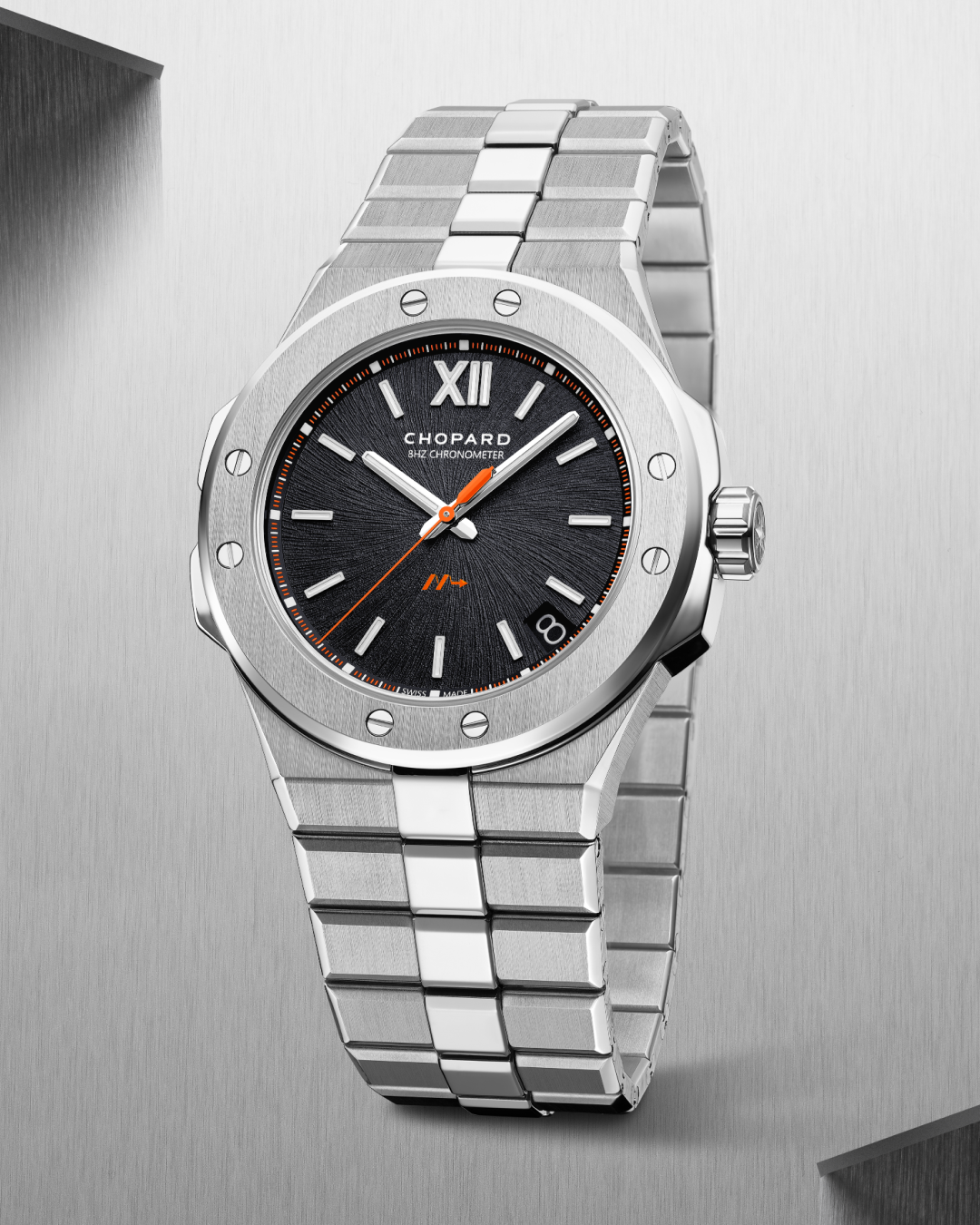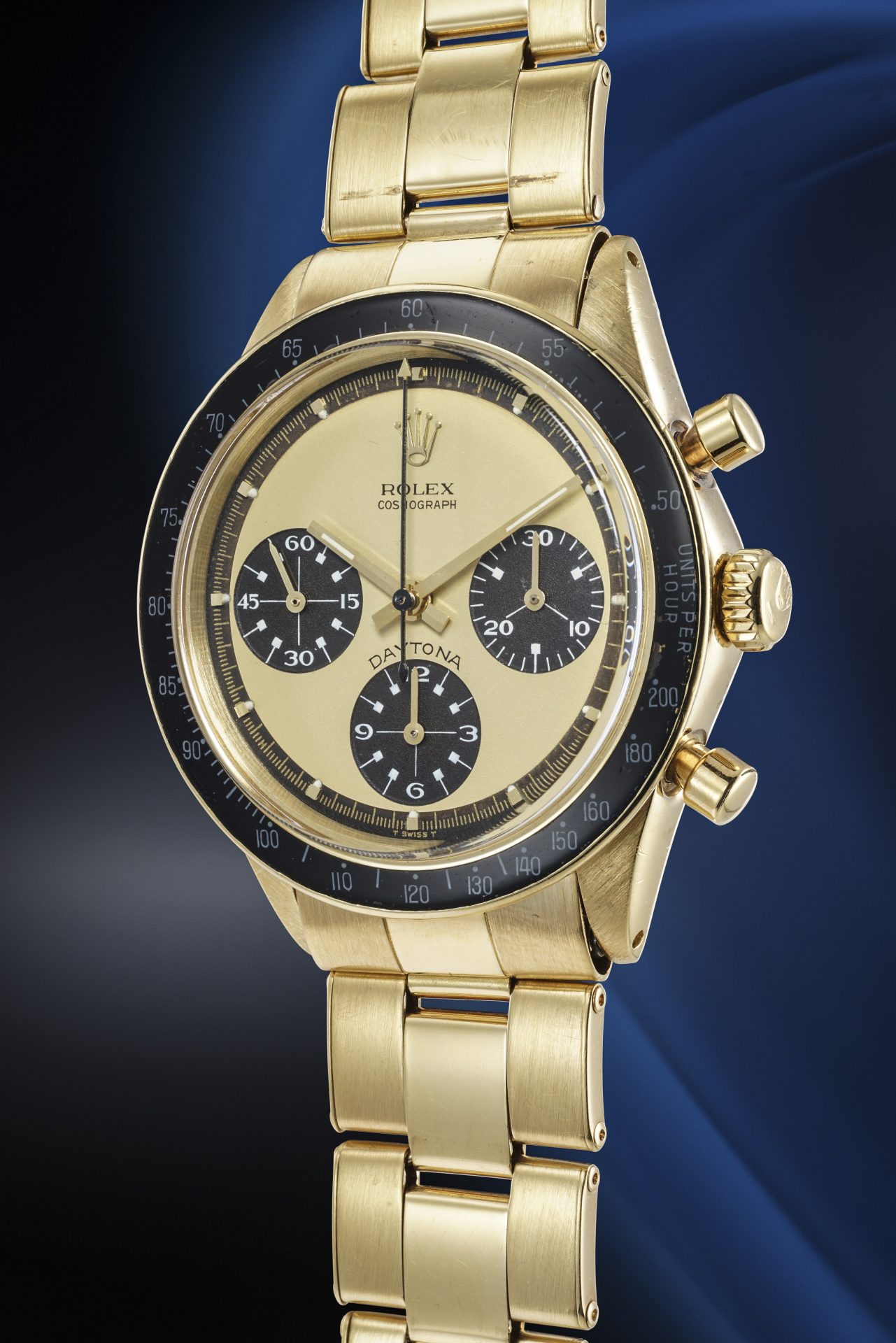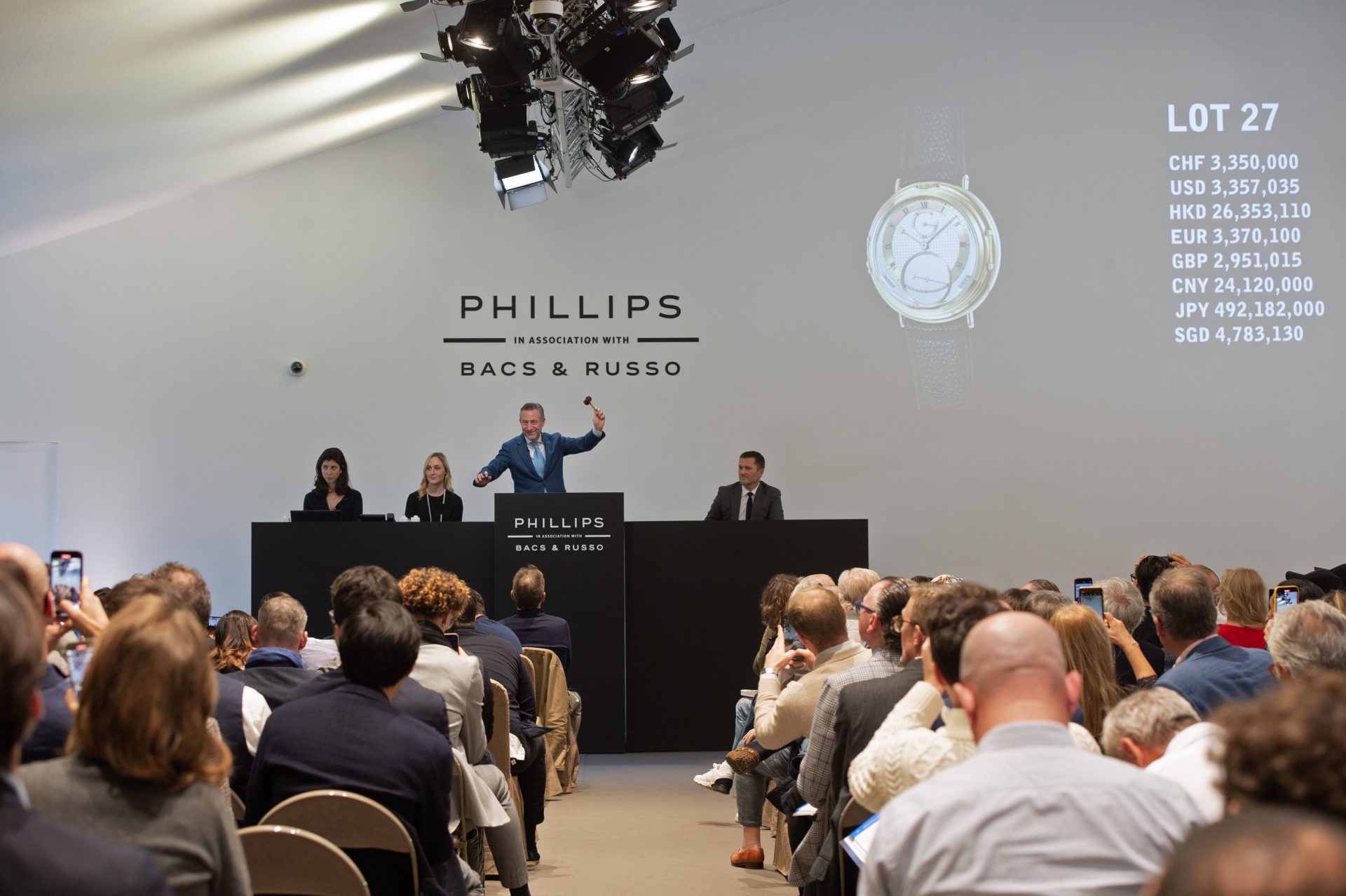The best way to maintain a sustainable lifestyle is to buy less and buy better. Watch brands, however, spend a great deal of time, money and energy trying to convince consumers to buy more.
Publicly traded luxury holding companies have a fiduciary responsibility to produce constant and sustainable revenue growth for their shareholders.
CEOs of watch brands who put sustainability over sales will not be in their positions for long.
Independent companies have many of the same pressures without the funds or manpower to prioritise sustainability.
The luxury watch industry is in a unique position to grow its business by reducing its production while charging more for its products, but the momentum is clearly toward more production, says Stéphane JG Girod, professor of Strategy and Organizational Innovation at IMD Business School for Management.

“If they curb volume and increase prices and therefore focus on growth in value, analysts think it would cost them a few EBITDA margin points, but the profitability would still be very high,” Girod says.
“Are they prepared to accept this? It seems they are not since stock prices, incentives, etcetera would be punishing. The institutional set up is not geared for it.”
If there is a balance between a commitment to sustainability and increased revenue, it hasn’t been articulated by the luxury and fashion industries or non-governmental organisations who serve as watchdogs.

“The luxury watch industry’s journey toward reconciling sustainability with sales growth underscores the need for innovative approaches that not only uphold traditional luxury values but also embrace the evolving demand for ethical and environmentally responsible products,” says Jana M. Arden, director of consumer goods, retail and manufacturing for Capgemini Invent and executive board member of IMD 2050 Luxury Forum.
“As consumer preferences continue to evolve, I believe that luxury watch brands will need to navigate this delicate equilibrium to remain relevant.”
An often-cited 2018 report from the World Wide Fund concluded that the watch industry “does not meet good environmental standards”.
Certainly, since the report was published the watch industry has improved its record. IWC, which scored the highest among watch brands in the 2018 WWF report says it uses 100% renewable energy for its operations since 2021 and has been carbon-neutral certified since 2018.
It was the first watchmaker to produce an annual sustainability report. Several other watch brands have since followed suit.
Chopard uses its vertically integrated manufacturing structure to be a pioneer in using sustainable materials for its watches and jewels.
 By the end of 2023, Chopard says it will use its proprietary Lucent Steel for all its watches.
By the end of 2023, Chopard says it will use its proprietary Lucent Steel for all its watches.By the end of 2023, Chopard says it will use its proprietary Lucent Steel for all its watches, which is made of 80% recycled steel.
The goal is for the steel to be 100% recyclable by 2025. It has used 100% ethically produced mined and recycled gold since 2018.
It also works to ensure that the diamonds, coloured gems and leather they source are from ethically produced sustainable sources.
Ulysse Nardin and Panerai have engaged in nautical projects with a focus on sustainability through products and charitable partnerships.
Sustainable packaging for products is becoming commonplace among watch brands.
What I find more concerning in the WWF report is that out of the 15 watch brands that were contacted by WWF, only six replied to its pre-assessment.
This secrecy of luxury watch brands is an issue that can dampen its good attentions to show sustainable leadership.
This is likely why Chopard fared poorly in the report.
Intense competition among brands is very much the reason for this secrecy.
However, one must also look at the way watch companies communicate to the public (and the press).
They are exceptionally skilled at creating engaging marketing and advertising campaigns. Communicating sustainable practices requires an information-based approach.
A marketing approach runs the risk of damaging the credibility of sustainable programs.
Another challenge is that the industry watchdogs are often funded by the brands they work with.
The Responsible Jewellery Council (which includes watch brands in its membership) is an example of the challenges of maintaining this type of alliance.
While businesses, governments and organisations quickly severed ties with Russia and Russian-owned companies when Russia invaded Ukraine, RJC was slow to expel Russian-owned mining giant, Alrosa, from the organization.
Its member companies, big and small, began leaving, followed by the resignation of Iris Van der Veken, RJC’s executive director. It had the potential to create a confidence crisis.
David Bouffard, RJC chair, said at the time that the organisation had to conduct a third-party legal assessment prior to making such a decision.
Recently, Melanie Grant, who replaced Van der Veken as RJC executive director, says the RJC board now has the capability to expel members if they bring the organisation into disrepute. Watch and Jewellery Initiative 2030, founded April 1, 2022, by Cartier and Kering, grew out the RJC controversy.
Van der Veken is the executive director and secretary general.
The organization is still young. It seems to have differentiated itself by being closely tied to the United Nations and other international organisations.
Its language closely follows the tightly structured rhetoric of the U.N. It has created a list of ambitious goals that at this time amount to a framework. Whether this initiative will have staying has yet to be determined.
The watch industry is rare because of the passion of its consumers. There are few products that have this appeal. Because of this, sustainability hasn’t been on the minds of many enthusiasts.
But this is gradually changing.
Deloitte’s 2022 study on the Swiss watch industry shows that consumers are split equally between those who value sustainability and those who don’t care as long as they like a watch (32% each). Brand image also scored high on the list at 21%.
For brands, Delloite’s more recent 2023 report says sustainability has moved beyond a trend of a slick slogan to become a business imperative.

Arden’s view, and the view of others, is that consumer demand for sustainable products will continue to grow.
“I think it’s crucial to consider the evolving landscape of consumer behaviour and preferences,” Arden says.
“I’ve observed a significant shift in consumer values, with sustainability progressively shaping consumer decision-making processes. This shift is particularly relevant when contemplating hard luxury.”

She continues, “The evolving consumer sentiment reflects a notable consideration for sustainability during the information search phase and at the point of purchase decision. This indicates that sustainability has become a factor in the purchase process.
However, it’s noteworthy that the integration of sustainable practices by luxury watch brands is increasingly viewed as a baseline expectation rather than a distinguishing factor.”
While much is talked about how companies are framing their sustainability strategies, the reason we have these strategies in place to begin with is often not part of the conversation. It’s about making a positive contribution to the planet.
The Science Based Targets initiatives (SBTi) were established in 2015 to help companies to set emission reduction targets in line with climate science and the goals of the Paris Agreement.
IMD’s Girod says at the current rate of production, the watch industry will not meet these goals.
“I do not think brands can continue to grow in volumes and meet SBTI targets and reach net zero,” he says.
“However, using a combination of methods: carbon capture, regenerative agriculture and ecosystems plus intensifying and pushing the boundaries of recycling, they can considerably reduce the negative impact. Will it be sufficiently fast and go sufficiently far is the question.”
Buy less, buy better is a good place to start.

